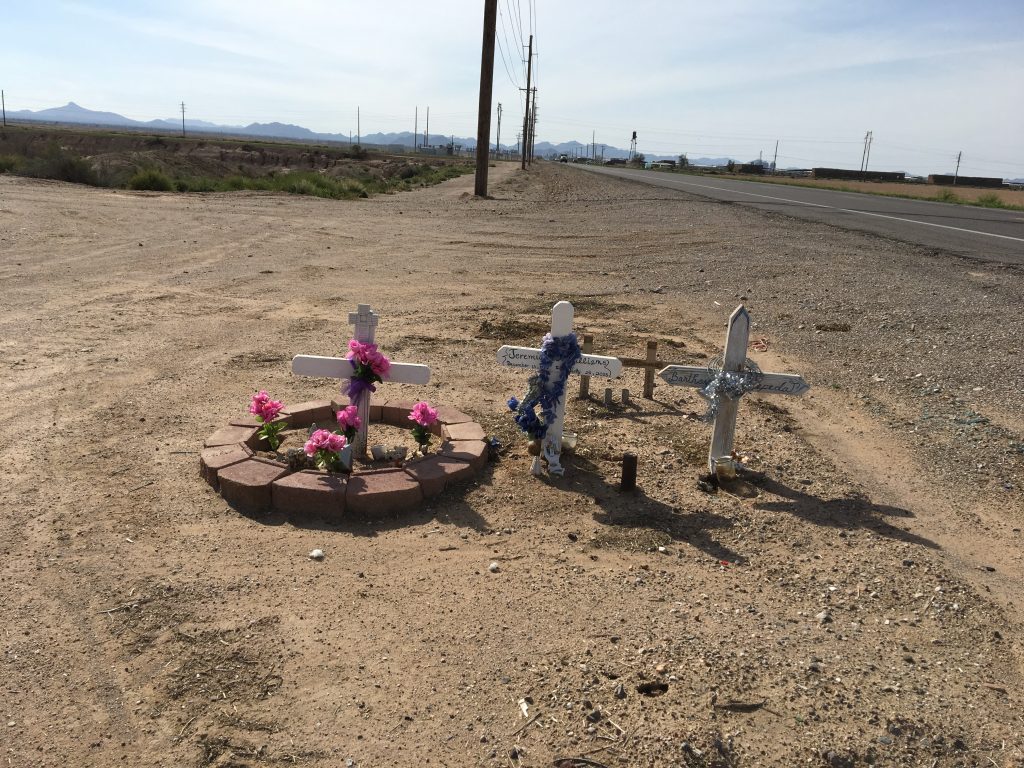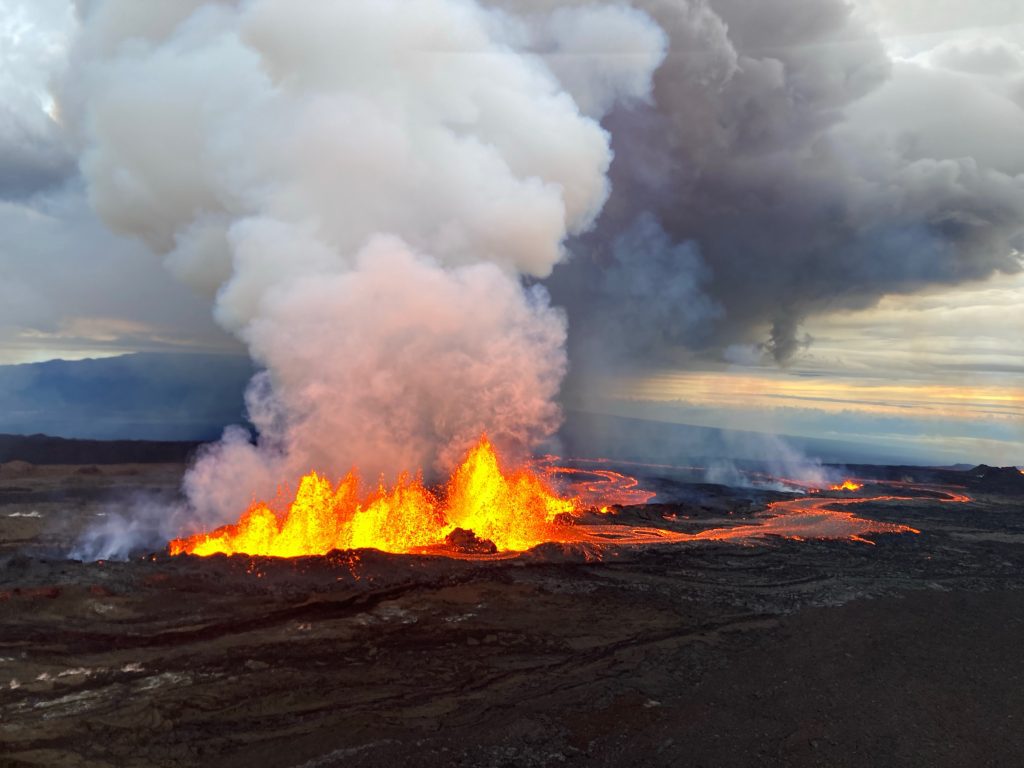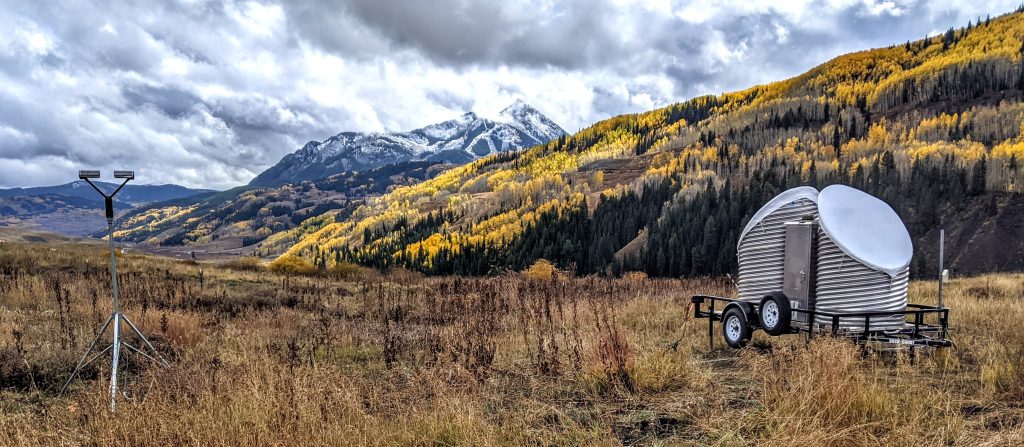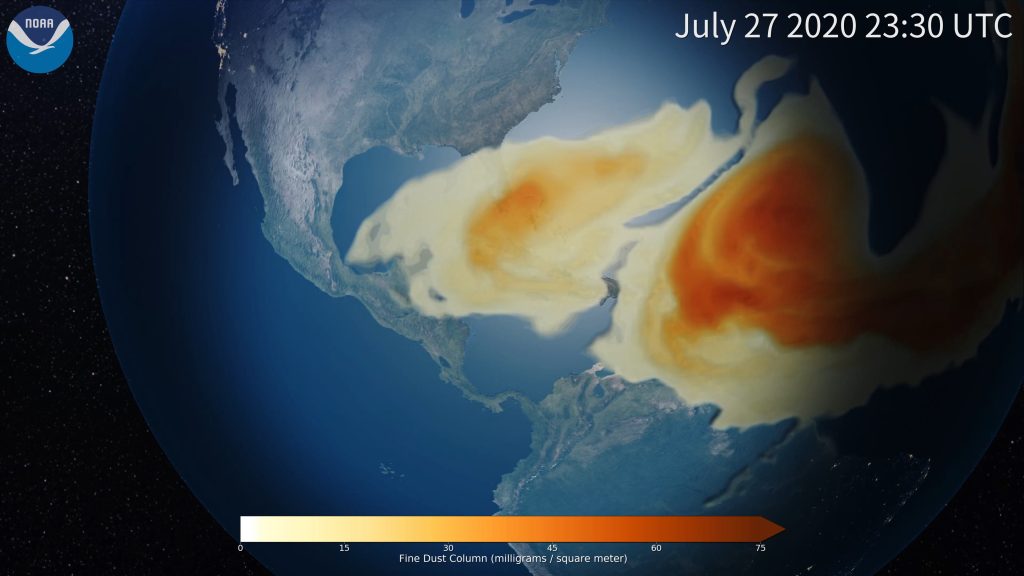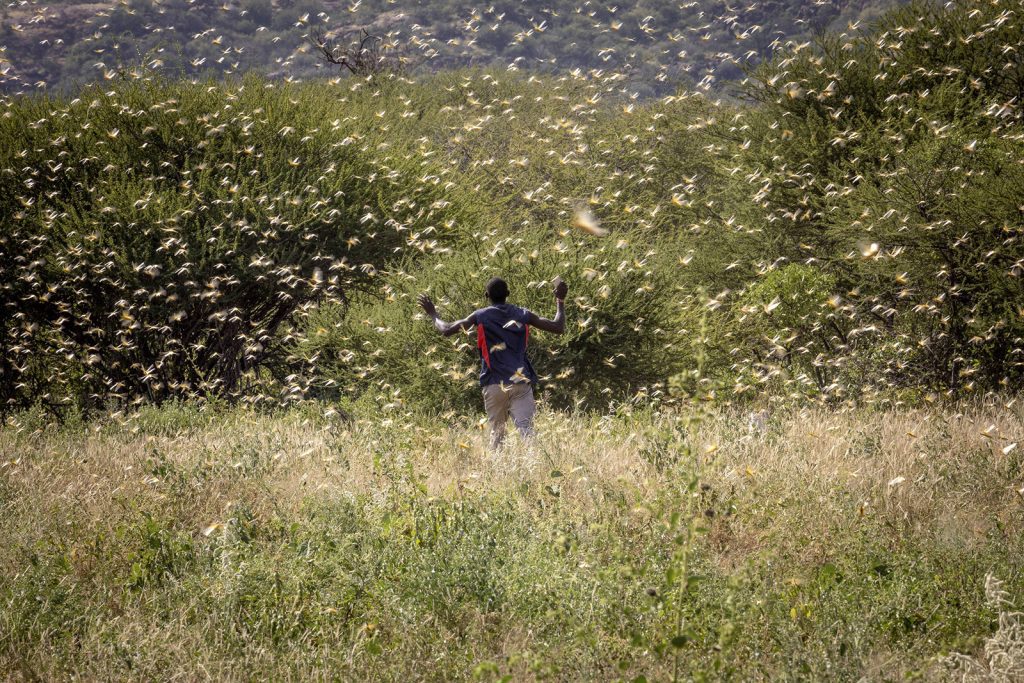Summer airborne research targets Rocky Mountain ozone pollution
NOAA scientists and several partners are taking a fresh look at persistent air pollution problems bedeviling the nation’s two largest Intermountain metro regions, Denver and Salt Lake City, from the ground, in the air, and from space, during new research projects launched this month.
Summer airborne research targets Rocky Mountain ozone pollution Read More >

